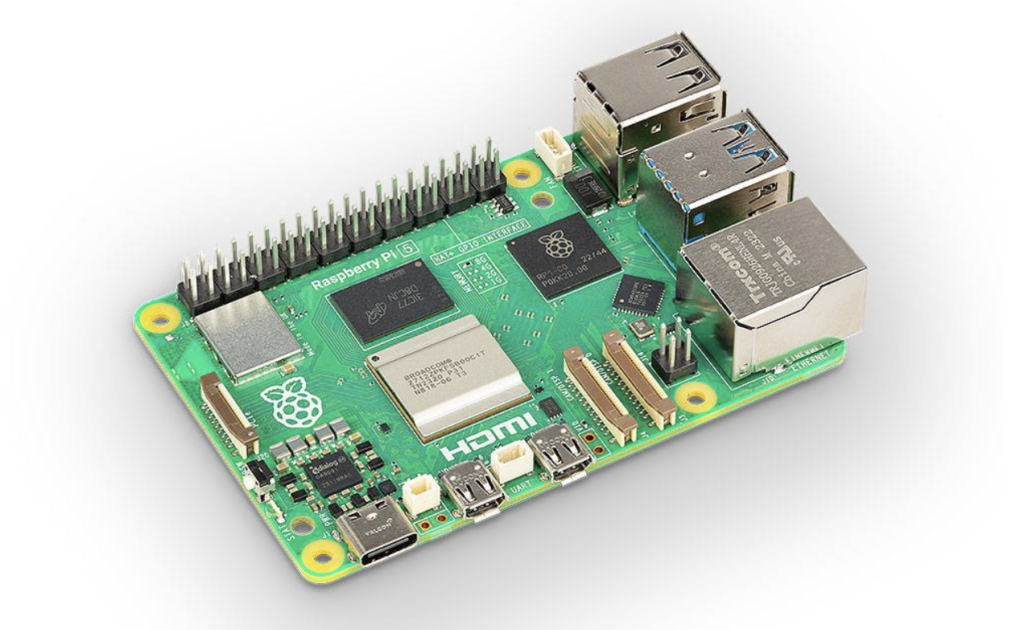Pathways to Product Greatness: Let Blue Sky Thinking Drive Patentable Engineering
Product Development

‘Pathways to Product Greatness’ is a new series aimed at helping entrepreneurs map out their product development journey by leveraging an industrial designer’s skillset. There are many legitimate approaches, however, choosing the best one based on your venture and goals is important for success.
Understanding the Product Landscape
In the current consumer hard goods market, Amazon still reigns supreme. This has led to a majority of product inventory being filled with the same white label goods where the only differentiation is a slapped-on $50 freelance Fiver logo and the offering’s pricing. Reduced prices are only an indication of large volume orders and initial marketing resources, not necessarily product quality.
The Copycat
The Amazon market aside, many corporations follow a similar approach with copycat style products that imitate their competitors’ feature set (and sometimes even styling) to the “T” in order to offset and capture market share. I’m not here to bash this approach, it is the current way of the world for a reason. There are countless examples of extremely successful entrepreneurs and companies who have made and continue to generate large revenue this way.
On the surface, the ‘copycat’ approach is a simple way to develop a product, however, market saturation and competition from well funded and heavily resourced entities are inevitably going to hamper the longevity or growth of this venture.
Patented Product Differentiation
A product that stands out through aesthetic and/or functional differentiation by better understanding its target market will always have a competitive edge. Furthermore, a product that adds new value to a product category by using a novel business-owned is even better. In other words a patent.
But not all patents are created equal. Many are not even valuable or necessary. We’ve seen this time and again with entrepreneurs who are quick to file a patent solution for a new feature in a product category without ever questioning how that new feature melds with the consumer’s lifestyle. If you don’t truly understand how the design will be executed into a desirable solution for the market, it’s not ready for a patent.
So how do you make sure your idea serves your customers in a novel way that connects with their lifestyles?
The Keurig Example
Take for example Keurig. It’s novel concept became integral in offices and homes. As a business, Keurig operated with virtually no competition for many years (until 2012) because of its patented technology which changed the way people start their day with their morning cup of joe. That patent gave Keuring and their K-cups enough time to develop the product itself and brand loyalty that would dominate the market share. They still enjoy large market share today 10 years after their patent expired.
Beginning development with a blue sky approach backed by market understanding can be the answer to creating a product with valuable novelty and longevity.
Blue Sky Conceptualization
Blue sky conceptualization is an unconstrained approach to developing a catalog of ideas and solutions. It’s also an approach that can be implemented at any stage of the product development process. It is especially promising in the infancy of a project or when a brand is looking to discover a new feature within an existing product or service.
Blue sky conceptualization is a process of open-ended brainstorming. Throw nonconventional and sometimes even seemingly unrealistic solutions at the wall to solve a problem and don’t shoot them down. In this approach, it’s important to let desire rather than practicality drive the brainstorming.

This brainstorming can be done through writing, drawing, or even physical model making. As long as it is documentable and the participants can riff on each other’s ideas easily the medium doesn’t matter too much.
Steps to Blue Sky Conceptualization
Before beginning a blue-sky conceptualization session, it is important to have some prior background activities take place.
The Problem Statement
Start with a well-written problem statement (no matter how broad) and initial market research so you have an idea of the various markets that you could be solving for. While ‘blue-sky’ implies borderless, these few ‘grounding’ principles can help keep the activity focused.
The Brainstorming Session
Often innovation comes from applying a technology that is used in one industry to an unrelated industry. Revamping an old or forgotten technology is another approach, too. Conduct a literature review in this phase, too. You wouldn’t have gotten the Sony Walkman without understanding the existence and potential of the Bell Labs transistor technology.
Having a diverse set of expertise and backgrounds in the session is also very helpful. We’d recommend always having an industrial designer or two. It’s their job to be a master of visualization and developing sensible solutions through an understanding of the market. Industrial designers naturally thrive in and can help assist with the productive blue-sky activity.
Blue sky conceptualization activities can be conducted in several sessions, but try not to exceed an hour and a half for a single session. This limits burnout and keeps the brainstorming productive.
Vet The Ideas
Once a catalog of ideas is created, the team can then go through and vet the ideas for the highest level of desirability and discuss how they could be executed (feasibility). After all, you can’t stay in the clouds forever. It is often better to distill the catalog down to a few solutions, rather than a single one. This allows you to A-B prototype without getting stuck on a single path that may not prove fruitful.
What is great about a blue-sky session is that once you have done a few of them it can really help you start thinking about problem-solving in a more open way.
Examples of Successful Blue Sky Conceptualizations
Now that you understand what Blue Sky Conceptualization is, it’s time to learn from those who’ve done it well.
B&O Audio
The premium audio company, B&O and their Chief Designer David Lewis along with design thinker Jacob Jensen (who predated Lewis in the company) were famous for this approach. It led to a unique company catalog that truly differentiated itself from the rest of the market. It also set the company up for success for years to come.

Where many companies have their engineering teams design the functional core of the product first and industrial design ‘packages’ the engineered solution in a constrained form after, B&O would have their design team lead what the product was going to be using a blue-sky approach and then the engineering team would have really unconventional design challenges to build into the product to make it work. This method led B&O to discover numerous patentable technologies that were sensible solutions to execute their seemingly out-of-the-box blue sky dreams in the beginning. B&O broke the mold of a home audio system being a large black rectangle that sat on your floor and did it in a way that was well received by the market.

Birdseye Foods
Arguably, Clarence Birdseye (the father of the frozen foods industry) was also a blue-sky thinker. Birdseye was always fascinated with the idea of preservation (his broad problem statement) but applied his fascination to many different industries exploring countless concepts. Birdseye stepped back to consider the larger picture while learning about the various industries he was designing for. This led to his success.

He was a master of convergent and divergent thinking. He embodied an entrepreneur, industrial designer, engineer, and marketer in one. Birdseye sold his company and patents for $22 million ($335 million today) to Goldman Sachs and the Postum Company, which became General Foods Corporation.
{Recommended reading “Birdseye: The Adventures of a Curious Man” by Mark Kurlansky. His journey is absolutely fascinating and insightful.}
Using Blue Sky Thinking For Your Product
Implementing blue sky thinking is a tactic that corporate companies use internally in innovation labs or research departments. They also outsource the activity to reputable product development firms, like Enventys Partners, to get a fresh outside perspective.
This type of approach leads to discoveries that don’t follow the status quo and create new patentable ideas that solve real-world problems. It’s a proven method for real innovation that delivers industry-shifting ideas. Unfortunately, it is rarely implemented by sole entrepreneurs. Blue sky thinking could be the most advantageous for entrepreneurs seeking to build a lasting brand with large growth potential.
Many entrepreneurs come to product development firms for the execution of their vision. “This is my baby and this is how I want it”. This approach rarely works. Not because they didn’t discover a real problem, they often do, but they didn’t take the time to take a step back and look at the problem through a holistic lens. So with your next big idea or product revamp, think about implementing a blue-sky approach. You just might send your next venture to the moon.
Work With Us
Want to learn more about how we’d prepare your product for launch? Request a quote today.
Want To See This Advice In Action?
Check out our case studies and learn more about how we’ve achieved stellar results for our clients.



